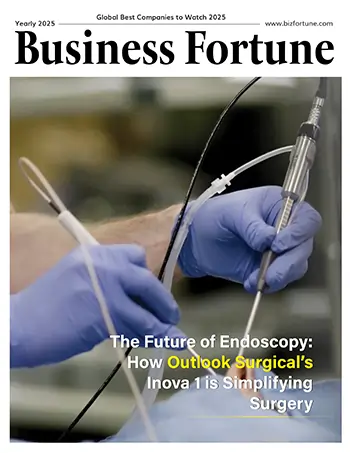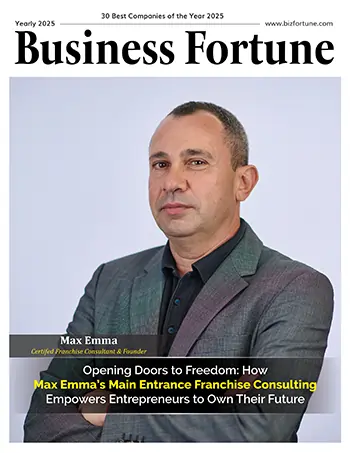Home Innovation E commerce FTI Consulting reports that th...
FTI Consulting reports that the European e-commerce market is expanding rapidly
E commerce

Business Fortune
30 July, 2024
The European e-commerce market is expected to surpass the €1 trillion mark this year, having grown by 8% in 2023. This is supported by a recent analysis of the situation in the rapidly expanding online retail market by FTI Consulting.
The e-commerce industry has experienced development due to an increasing number of shoppers, many of whom switched to online purchasing during the severe lockdown times in 2020 and 2021. The survey also shows that the European e-commerce market is developing.
Customers in Europe have generally received better service overall; next-day delivery is now more commonly available and speedy delivery has swiftly become the norm. Aside from that, more and more stores are providing "click-and-collect" (online ordering with in-store pickup) choices.
Cross-border selling has grown significantly for European merchants, primarily due to improved transportation infrastructure, shifting customer attitudes, and the rise of online marketplaces. The Schengen Area, which has no borders, contributes to the ease of shipping throughout Europe.
Top European online marketplaces include US behemoths like Amazon and eBay, in addition to massive domestic businesses like Poland's Allegro, Germany's Zalando, and Bol, the biggest online retailer in the Netherlands and Belgium. Significant players are also Chinese shops such as Temu, a relative newcomer, and AliExpress.
On the other end of the scale, Eastern Europe accounted for just 2% of all European internet sales, with 67% of the market coming from this region.
According to the analysis, this underperforming market in Eastern Europe presents a compelling opportunity for both domestic retailers and cross-border expansion. Eastern Europe's market share should rise if more people can be served and the shipping infrastructure is enhanced.
Fashion accounts for 56% of all online sales, which drives the e-commerce industry.
Senior managing director at FTI Consulting, Kurt Staelens, said that e-commerce was performing so well that it had taken the lead in a number of industries. He continued by saying that the fashion industry provided the ideal illustration, with the largest percentage of internet sales occurring in the apparel industry. Physical fashion retailers should logically suffer: In terms of bankruptcies since the epidemic, the sector is ranked first as well.


































